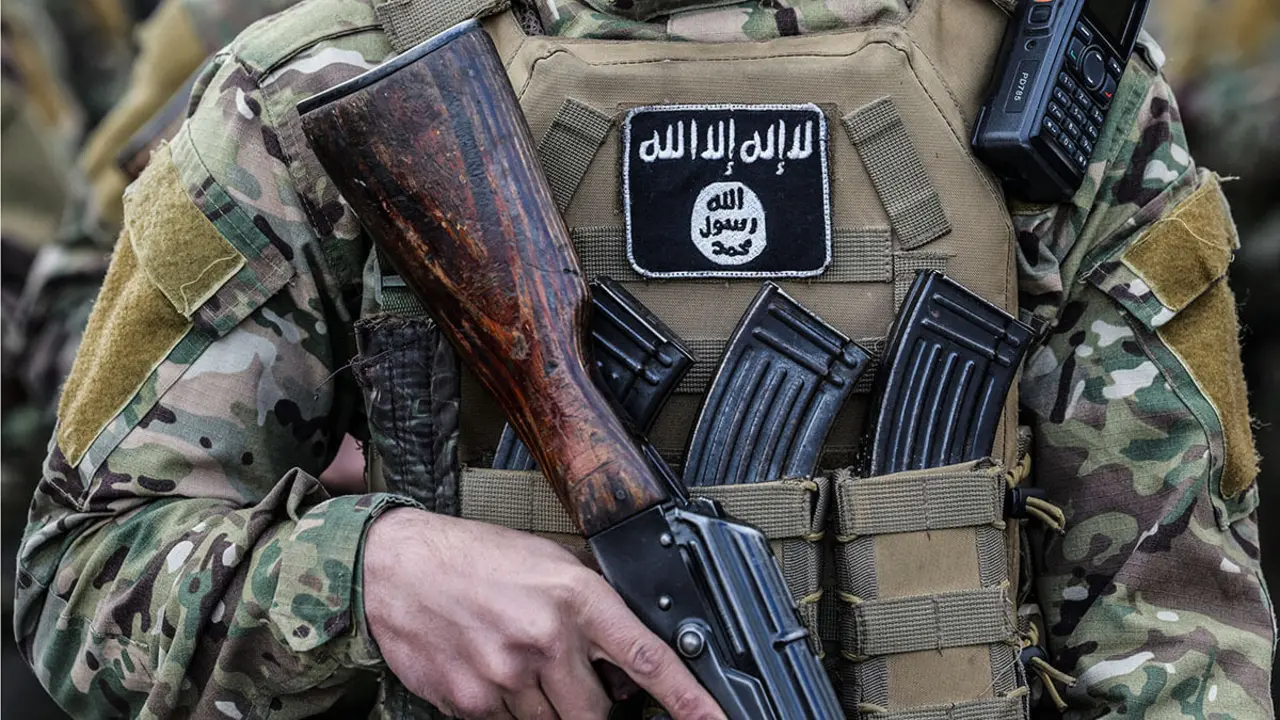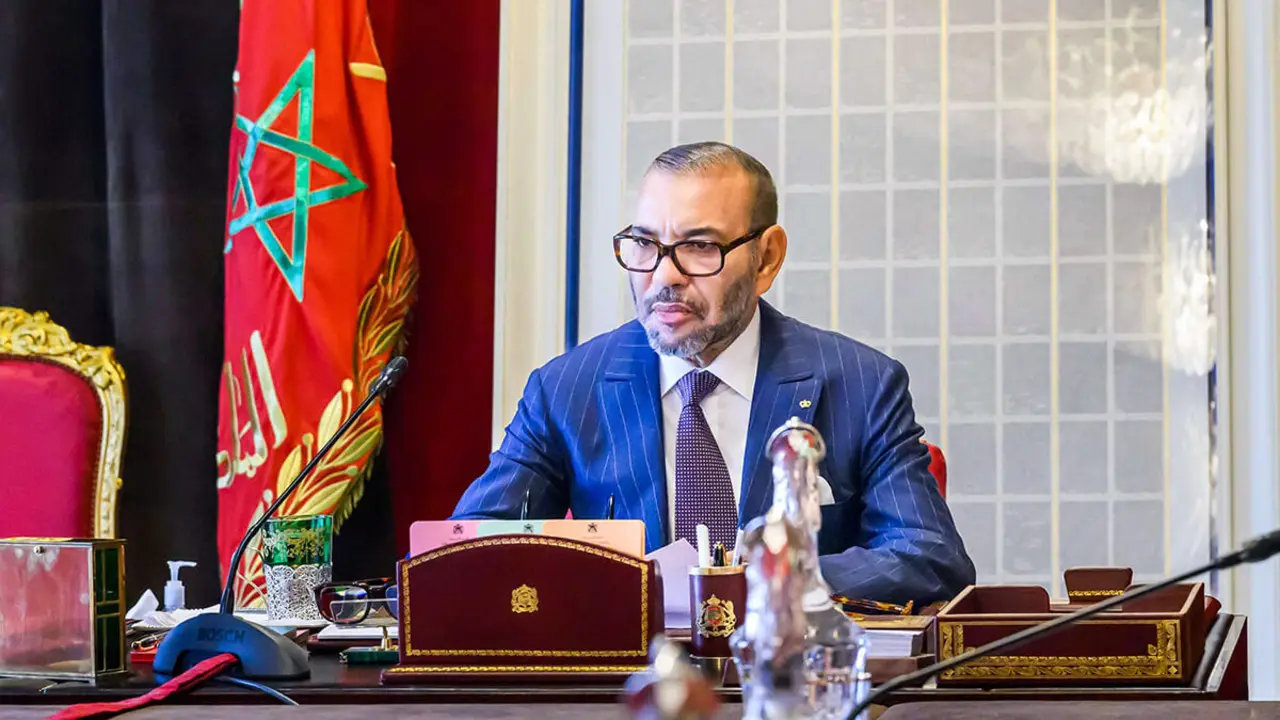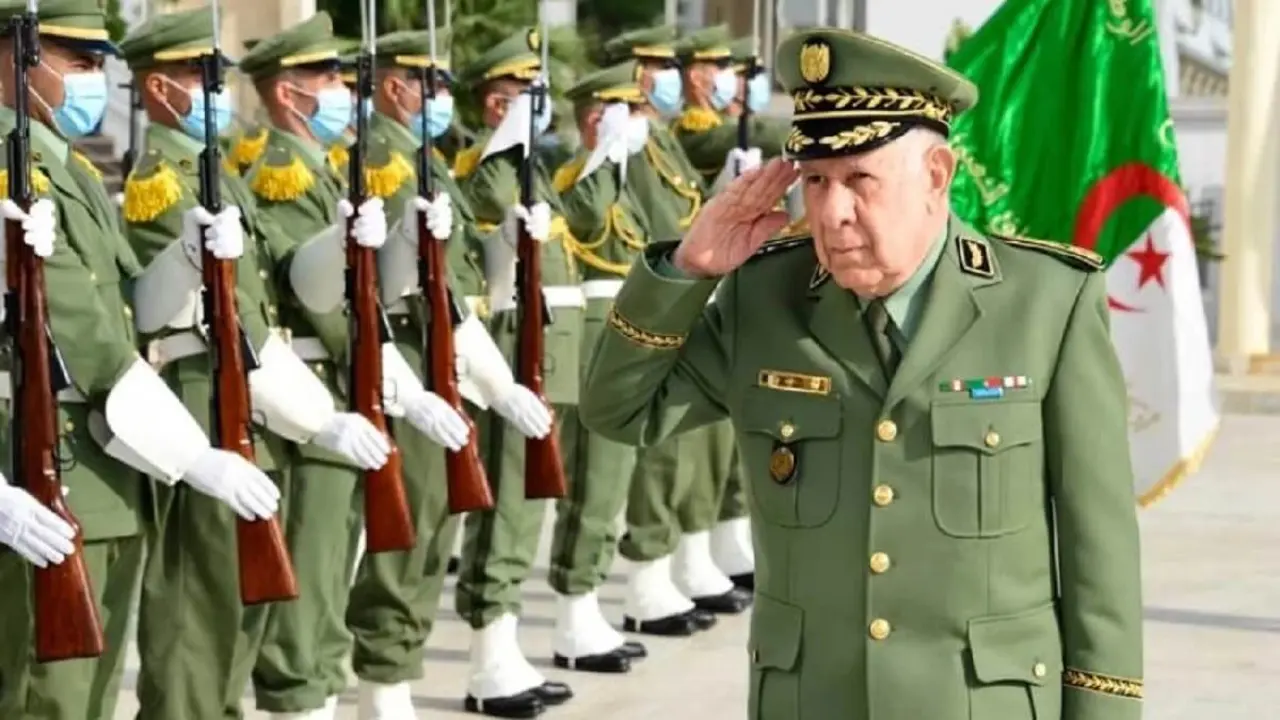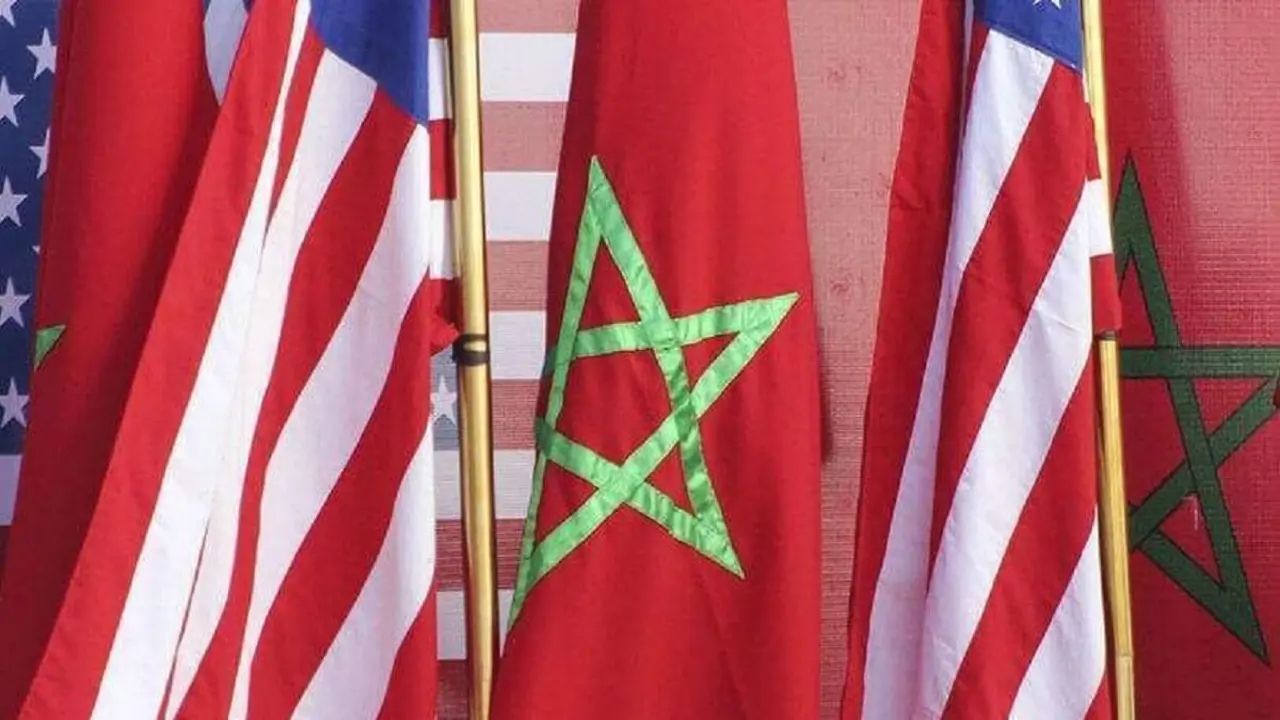Who is Adnan Abu Walid al-Sarhaoui, leader of Daesh in the Sahel?

One of the main perpetrators of violence in the Liptako Gourma region (borders of Burkina Faso, Niger and Mali) is the Islamic State of the Great Sahara. This group has become the most deadly of the Jihadist terrorist groups in the Sahel. It is linked to 26 per cent of all terrorist events and 42 per cent of all deaths caused by Jihadist groups in the Sahel in 2018. Most of its attacks are carried out along 100 km of the borders of Mali, Niger and Burkina Faso. This terrorist group began in 2015 under Adnan Abu Walid al-Sarhaoui, who was not recognised by Daesh as leader of the Jihad in the Sahel until a year after the group was established.
Although he joined the Jihad in 2010 when he joined AQIM in Mali, al-Sarhaoui's past shows us how the life trajectory of some of the Jihadist leaders before becoming the most wanted terrorists of the Sahel can be one of relative normality. Born in El Aaiun (Western Sahara) in 1973, Lehbib Ould Ali Ould Said Ould Yumani, better known as Al-Sarhaoui, enjoyed a peaceful childhood in the bosom of a wealthy family of merchants from the Saharan tribe of Rguibat. At the beginning of the 1990s, he joined the Polisario Front by receiving military training at the Chahid El Ouali Military School. Due to the instability of Western Sahara, he moved to a refugee camp in Tindouf in Algeria in 1992. There, thanks to a scholarship from the Polisario Front, he is able to finish his bachelor's degree and study a degree in social sciences at the Mentouri University in Constantine. After graduating in 1997, he began working for the Saharawi Youth Union where he was in charge of accompanying international delegations to the camps where he had spent his youth. He has a complex past that has led him to his Jihadist radicalisation. During his childhood, he lived in a wealthy family until he had to flee the country, living part of his adolescence in an Algerian refugee camp. Although he began as a Jihad leader in 2010 when he joined AQMI in Mali, for much of his youth al-Sarhaoui was a leader of the Polisario Front and the Union of Saharawi Youth. His childhood and youth friends define him as a good person. One of his former classmates comments in an interview for 360, how one of his passions was playing football. Paradoxically, this jihadist leader will be one of the strictest in the application of the Sharia which includes the prohibition of all music and sport.

In 2004 he suffered from depression and mental problems and decided to move to Nouakchott, where he met a group of Saharawi students who introduced him to a Salafist Islam from West Africa and decided to return to the Tindouf refugee camp to spread this Islam. In 2010, already radicalised, he joins the Katiba Tarik Ibn Ziyad, led by the Algerian Abou Zaïd, who depends on al-Qaeda in the Islamic Maghreb (AQIM). In 2011, he founded the MUJAO together with other Malians from northern Mali, and al-Sarhaoui became its spokesman. One of his first actions was the kidnapping of two Spanish humanitarians, Ainhoa Fernández del Rincón and Enric Gonyalons, who were working precisely in the former Tindouf refugee camp in Algeria, where he had spent all his university years.
After the Tuareg revolution of 2012, MUJAO, despite being no more than 500 fighters, expanded rapidly through northern Mali, reaching the central regions. She fought against the MNLA and helped defend those armed groups that were fighting the Tuaregs. In this way, the group gained great support among the local population. Following the reconquest of Gao by Operation Serval, MUJAO decided to withdraw its offensive and decided to join another Jihadist group in the region, The Signatories for Blood, led by Mokhtar Belmokhtar to form the new Al-Mourabitoun terrorist group (the Almoravids). On 14 May 2015, al-Sarhaoui issues a communiqué, as leader of Al-Mourabitoun, swearing allegiance to Daesh. Two days later, Mokhtar Belmokhtar denies it, arguing that this decision did not come from the council of the Shari'a. Al-Sarhaoui decided to set up his own Jihadist group, the Islamic State of the Great Sahara (EIGS), being the first leader of the region to swear loyalty to Daesh. Unlike other Jihadist leaders, al-Sarhaoui's character is excessively strict and intransigent in the application of the Sharia. It seems that this may have been one of the reasons why he decided to seek a group more in keeping with his ideology. Indeed, al-Sarhaoui reproaches his colleagues for applying Islamic laws too lightly. On the other hand, Mokhtar Belmokhtar, together with other Jihad leaders such as Amadou Koufa, leader of Katiba Macina, Abdelmalek Droukdel, leader of AQIM and Iyad Ag Ghali, leader of Ansar Dine, set up the Sahel JNIM network of terrorist groups.

From 2015 to the end of 2019, relations between JNIM and the Islamic state of the Great Sahara have been the "envy" of the Middle East. The al-Qaeda-affiliated group and the Daesh affiliated group were able to spread out over the territory and fight together at times to put an end to the presence of international forces in the region. Their cordiality ended at the end of last year, when several emirs of Katiba Macina joined EIGS, causing confrontation between the two groups. From 2019 until now, there have been direct clashes between the two groups that left several Jihadist leaders injured, including al-Sarhaoui in May 2020. In March 2019 he officially joined the network of the Islamic State in West Africa, which in turn comes from a faction of Boko Haram. Thanks to this integration, EIGS began to coordinate attacks on Niger's eastern border as well. Today, al-Sarhaoui is the most wanted leader of the Sahel, responsible for the deaths of several American, Nigerian, French, Malian and Burkinabe soldiers. He has taken part in dozens of kidnappings and hundreds of Jihadist operations.
Although these biographical data are available, it is a real mystery how a young Saharawi university student, leader of a group of young people, becomes the most feared Jihadist leader of the Sahel in less than 10 years.









